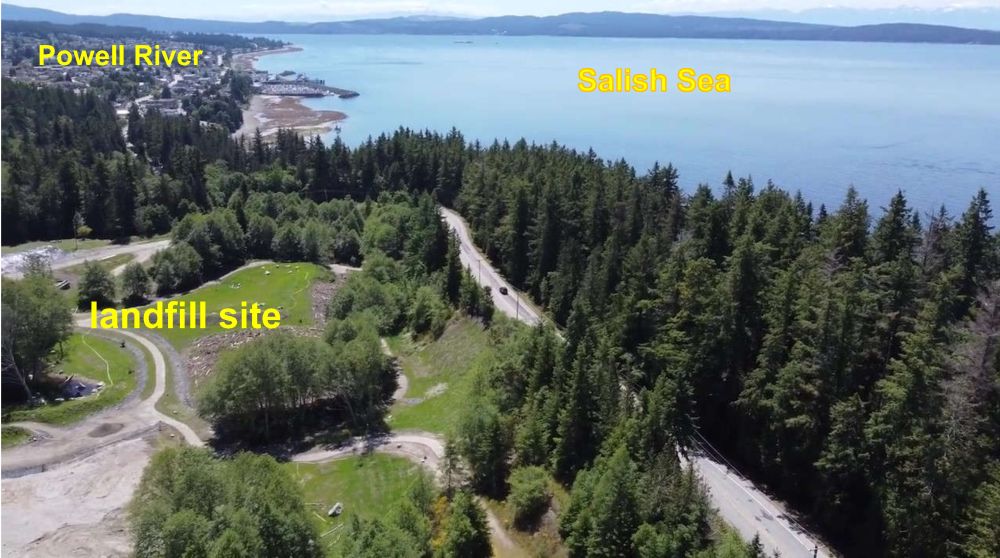DOWNLOAD A COPY OF: “Living Water Smart in British Columbia: Integrating Natural Assets into Infrastructure on BC’s Sunshine Coast”, released by the Partnership for Water Sustainability in June 2021
NOTE TO READER:
The edition of Waterbucket eNews published on June 15, 2021 featured the qathet Regional District on British Columbia’s Sunshine Coast, in particular the leadership of Michael Wall, Manager of Asset Management and Strategic Services. He and his team stepped back, recognized an opportunity, and seized the moment to do business differently and integrate a “natural asset solution” into a landfill closure plan.
Because of frequent confusion between the identical names of Powell River Regional District and City of Powell River, the regional district’s name was changed in 2018 to qathet, meaning “working together” in the language of the Tla’amin Nation. The name was gifted by the Elders of Tla’amin Nation and is intentionally lower case.

Integrating Natural Assets into Infrastructure on BC’s Sunshine Coast
The qathet landfill closure story illustrates why and how innovation is most likely to occur when the focus is on the end goal of Sustainable Service Delivery. Michael Wall and his team channelled the words and wisdom of Wally Wells, Executive Director of Asset Management BC, when they stepped back and asked themselves: “What is the service we are trying to provide, and what is the most sustainable way to provide it?”
“Michael Wall is the Manager of Strategic Initiatives and Asset Management at qathet Regional District, as well as a certified Forestry Technician,” stated Gracelyn Shannon, asset management professional. “On one of Michael’s projects in 2020, the team was presented with an $850,000 engineered solution to manage runoff at the landfill closure site. Michael and his team questioned the proposed engineered solution and wondered if there may be a way to better use the surrounding forest instead,”
“Michael and a small army of local professionals were able to develop a natural asset solution to manage the landfill runoff. The new green infrastructure plan saved $700,000 of taxpayer money and 0.5 hectares of second growth forest.”
TO LEARN MORE:
To read the complete article, download a PDF copy of Living Water Smart in British Columbia: Integrating Natural Assets into Infrastructure on BC’s Sunshine Coast.




